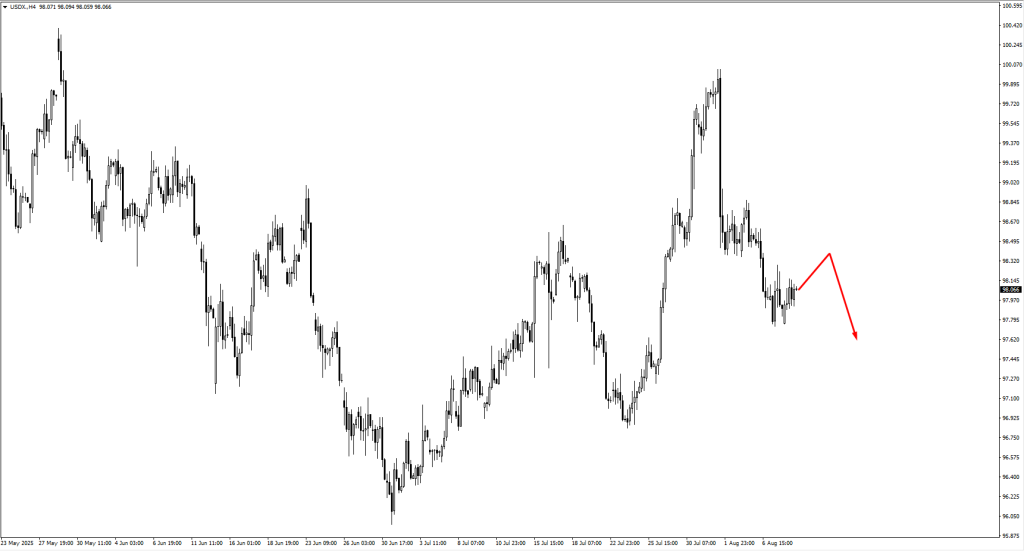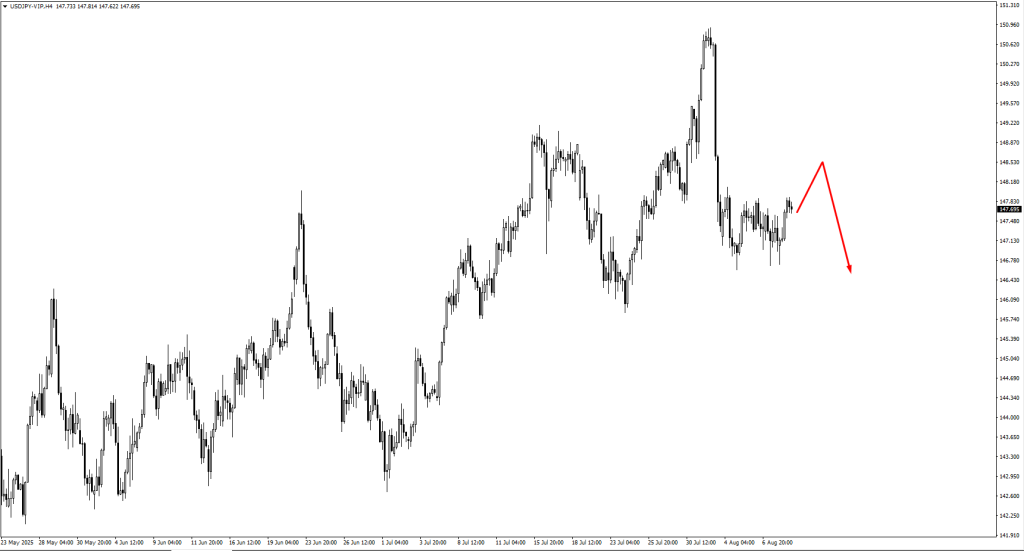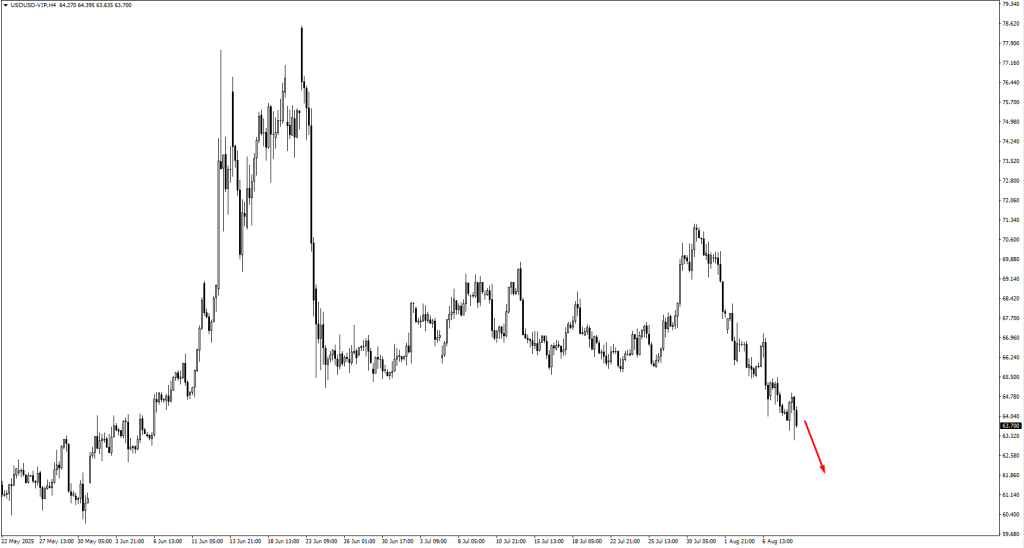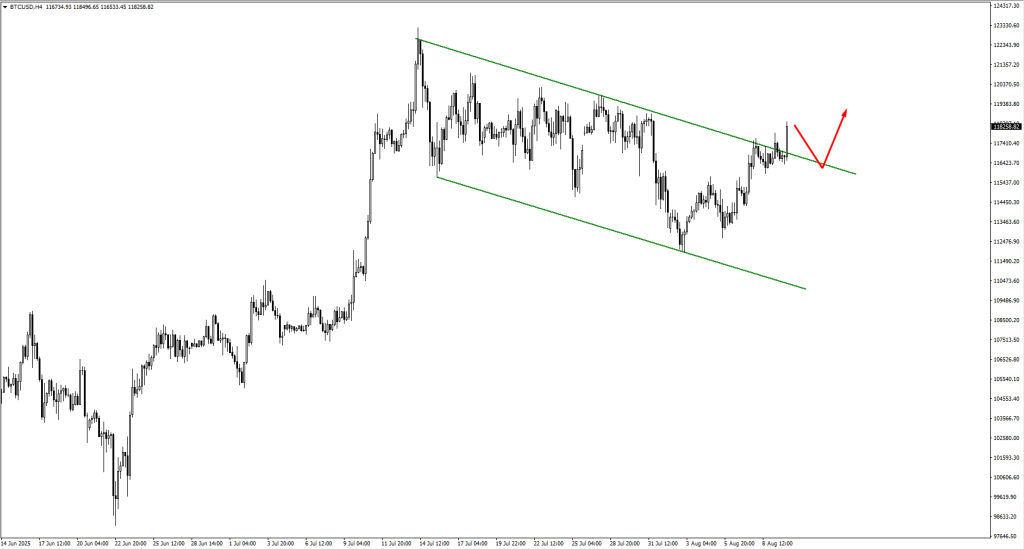
After a blazing start to 2025, Wall Street is now entering the part of the climb where the pace naturally eases. Earnings continue to grow, but the breakneck speed of the first half of the year is moderating.
The S&P 500 rose by 13.6% in the first quarter and 10.3% in the second, yet analysts are projecting a slowdown to 7.6% in the third quarter and 7.0% in the fourth. These are still solid numbers, but a step down from the double-digit gains that have previously driven strong rallies.
A notable development this quarter is that forecasts for Q3 were nudged slightly higher in July – something not seen since Q2 2024. The upward revisions were led by strength in the energy and technology sectors, although healthcare expectations weakened.
With the market valued at around 22 times forward earnings, there is little tolerance for disappointment. Any escalation in tariffs or signs of weakening demand could quickly shift sentiment.
The US Federal Reserve is playing a more prominent role in the market narrative. July’s labour market report underwhelmed, showing only 73,000 jobs created compared to expectations for 110,000, while previous months’ figures were revised lower by 258,000.
Wage growth is slowing, temporary employment is declining, and the overall jobs market is softening faster than many had expected.
Traders are now assigning a 90–95% probability to a September interest rate cut, with around 62 basis points of easing anticipated by the end of the year. This would likely mean two or three cuts, taking rates towards 4% by early 2026.
However, this shift towards looser policy is being driven by concerns over slowing growth rather than a clean victory over inflation.
Trade frictions remain a risk factor. On 12 August, the pause on US–China tariffs is set to expire, potentially reinstating tariffs of roughly 80% on many imports. President Trump has already raised tariffs on Indian goods to 50% and is considering new targeted measures against Canadian and Mexican products.
The sectors most exposed are technology, automotive, and industrials. The semiconductor industry is under particular pressure, with Trump threatening tariffs of 100% unless US chip production is ramped up.
This has triggered record-breaking domestic investment commitments from companies such as Apple, TSMC, Nvidia, GlobalFoundries, and Texas Instruments, pledging hundreds of billions to boost US capacity.
While this strengthens long-term supply chain resilience, in the short term it could limit free cash flow, compress margins, and test investor patience.
Geopolitical shifts could reshape markets
Geopolitical developments could have a significant impact on market direction in the months ahead. President Trump is pressing for a resolution to the Russia–Ukraine war, and there are indications from Moscow that talks could be possible.
In the Middle East, momentum may be building for change in Gaza, with leading Arab nations and the EU pushing for Hamas to step aside. Any breakthrough in these conflicts could ease oil prices, reduce inflationary pressures, and provide breathing space for sectors such as airlines, transportation, and consumer discretionary.
At the same time, the Federal Reserve’s balance sheet has been reduced from $9 trillion to $6.7 trillion, with quantitative tightening expected to continue until it reaches around $6.2 trillion in early 2026. Liquidity conditions will remain tight until then, and a return to quantitative easing is unlikely unless the US economy falls into a deep recession.
The outlook over the coming months will be shaped by a delicate balance between the potential boost from rate cuts or peace breakthroughs, and the drag from softer earnings growth, trade tensions, and a weakening labour market.
Price movements to watch
The currency and commodity markets are shaping up for a potentially active week as several major instruments approach important technical thresholds.
The US Dollar Index remains in consolidation, with traders closely watching the 98.50 level for possible selling pressure and 97.40 as the next downside marker if momentum turns lower.

A weaker dollar could support EURUSD gains, with buyers likely to step in near 1.1580 or 1.1545, and 1.1750 as the next upside target.
Sterling is showing a similar pattern, with GBPUSD supported at 1.3355 and 1.3300, while 1.3560 could serve as the next resistance point.

In the yen market, USDJPY’s recent upward drift has traders monitoring 148.75 and 149.30 for potential reversals. USDCHF may encounter sellers if it pushes beyond 0.8117 or 0.8150.
Across the commodity-linked currencies, AUDUSD is moving closer to 0.6570, a level that could draw in bearish pressure, while NZDUSD faces its next test at 0.6015. For USDCAD, buying interest could return near 1.3675 if the recent slide continues.

Oil prices remain under downward pressure, with USOil currently testing $63.35. A clear break lower could open the path to $61.15, particularly if consolidation takes hold here.
Gold’s rally is approaching $3,430, a level to watch for potential profit-taking or reversals.
The S&P 500 has shaken off last week’s bearish mood and is now pushing towards a potential all-time high, with $6,630 as the next significant reaction point.

Bitcoin has broken above its channel top and, after a consolidation phase, could advance towards $121,400.
Natural Gas is holding near $2.90, which could set the stage for a rebound, but a drop to $2.55 remains possible if momentum fades.
How prices behave around these key levels will be critical. Sharp rejections could spark reversals, while decisive breaks supported by strong trading volume may fuel trend extensions.
With macroeconomic risks from the Fed, tariff policy, and geopolitical developments still in play, traders are likely to combine technical analysis with the broader market backdrop before committing to positions.
Economic data to monitor this week
The macroeconomic calendar is light this week but still contains several events that could influence sentiment.
On Tuesday, 12 August, Australia’s cash rate decision is due, with forecasts pointing to a reduction from 3.85% to 3.60%. The same day, the US consumer price index is expected to come in at 2.8% year-on-year, slightly higher than the previous 2.7%. This inflation reading will be closely watched, as it could affect the Federal Reserve’s pace of rate cuts after September.
On Thursday, 14 August, the UK will release monthly GDP data, with expectations of a 0.2% rise compared to a 0.1% decline previously. While this marks an improvement, global headwinds continue to cloud the outlook. The same day, US producer prices are projected to rise 0.2% following a 0.5% fall, potentially signalling a build-up of inflationary pressures at the wholesale level.
Friday, 15 August, will bring US retail sales and preliminary University of Michigan consumer sentiment. Retail sales are forecast to grow by 0.5%, just below June’s 0.6%, while sentiment is expected to rise to 62.2 from 61.7. These figures will provide valuable insight into the health of the US consumer, a critical driver of growth and a key consideration for the Fed’s policy path.
Looking ahead, traders will also have an eye on the following week, which features Canada’s trimmed CPI on 19 August, New Zealand’s official cash rate decision on 20 August, and the Jackson Hole Symposium on 22 August – an event that could deliver significant central bank guidance on interest rates and growth expectations.
Click here to open account and start trading.





